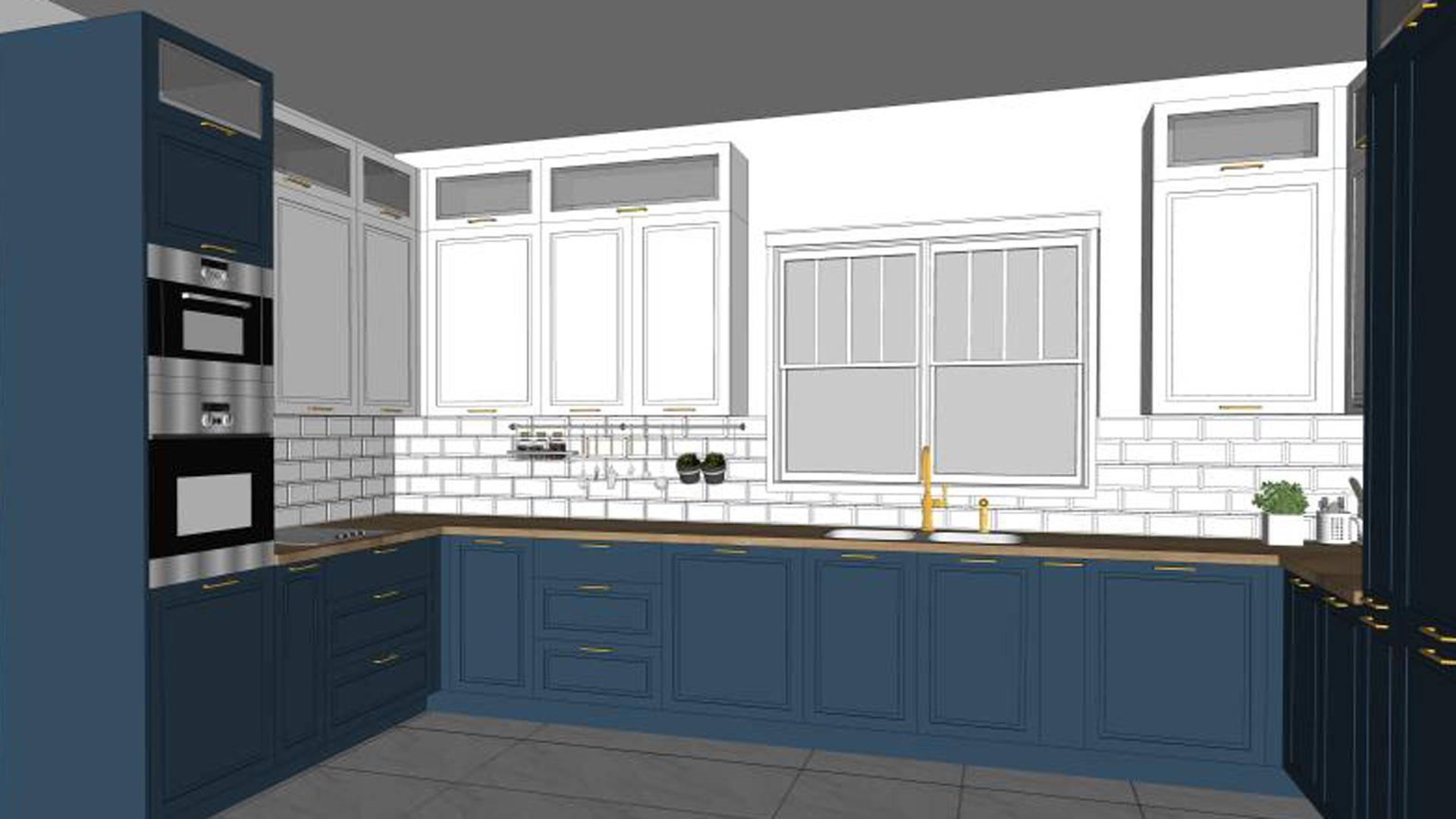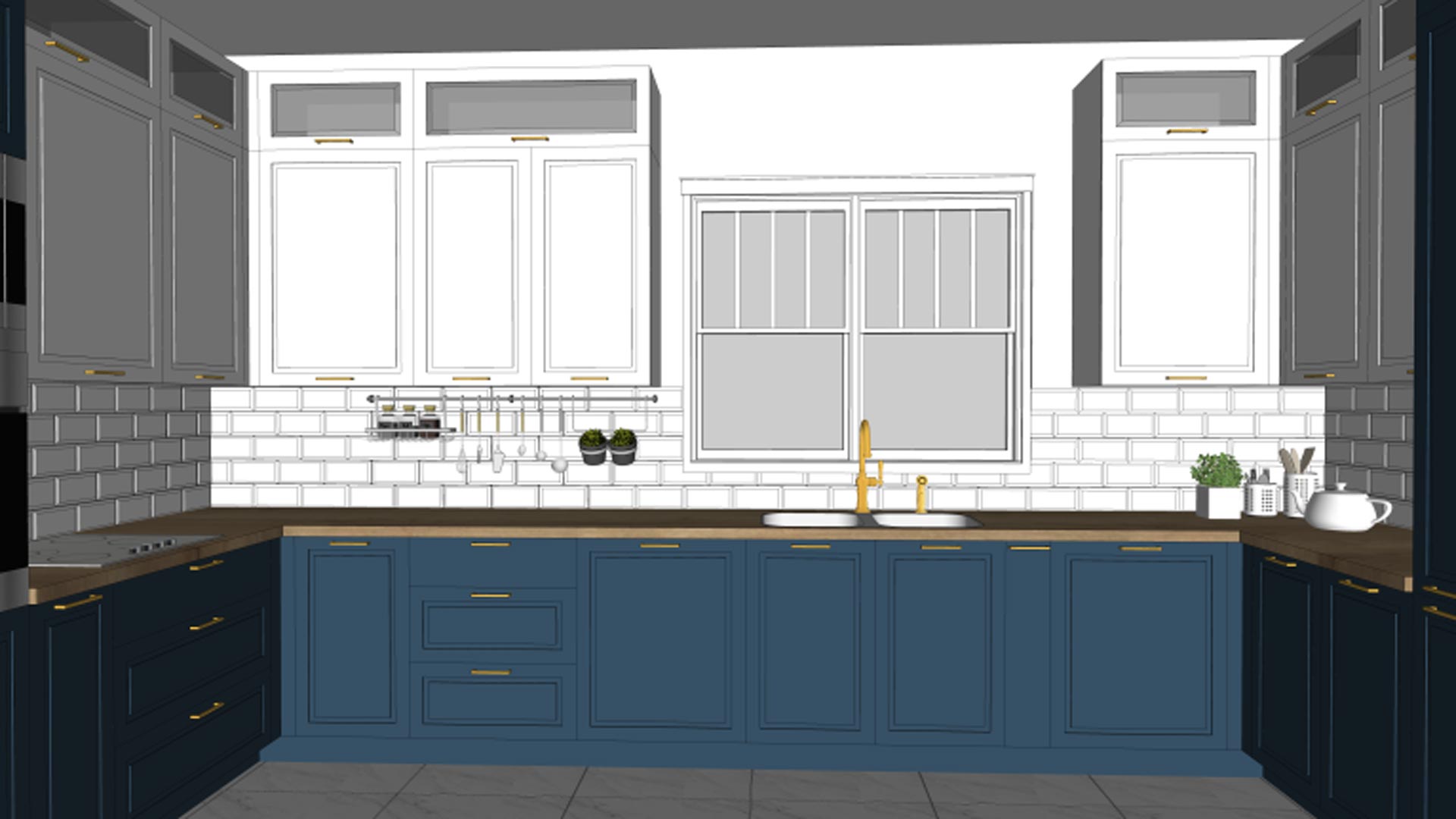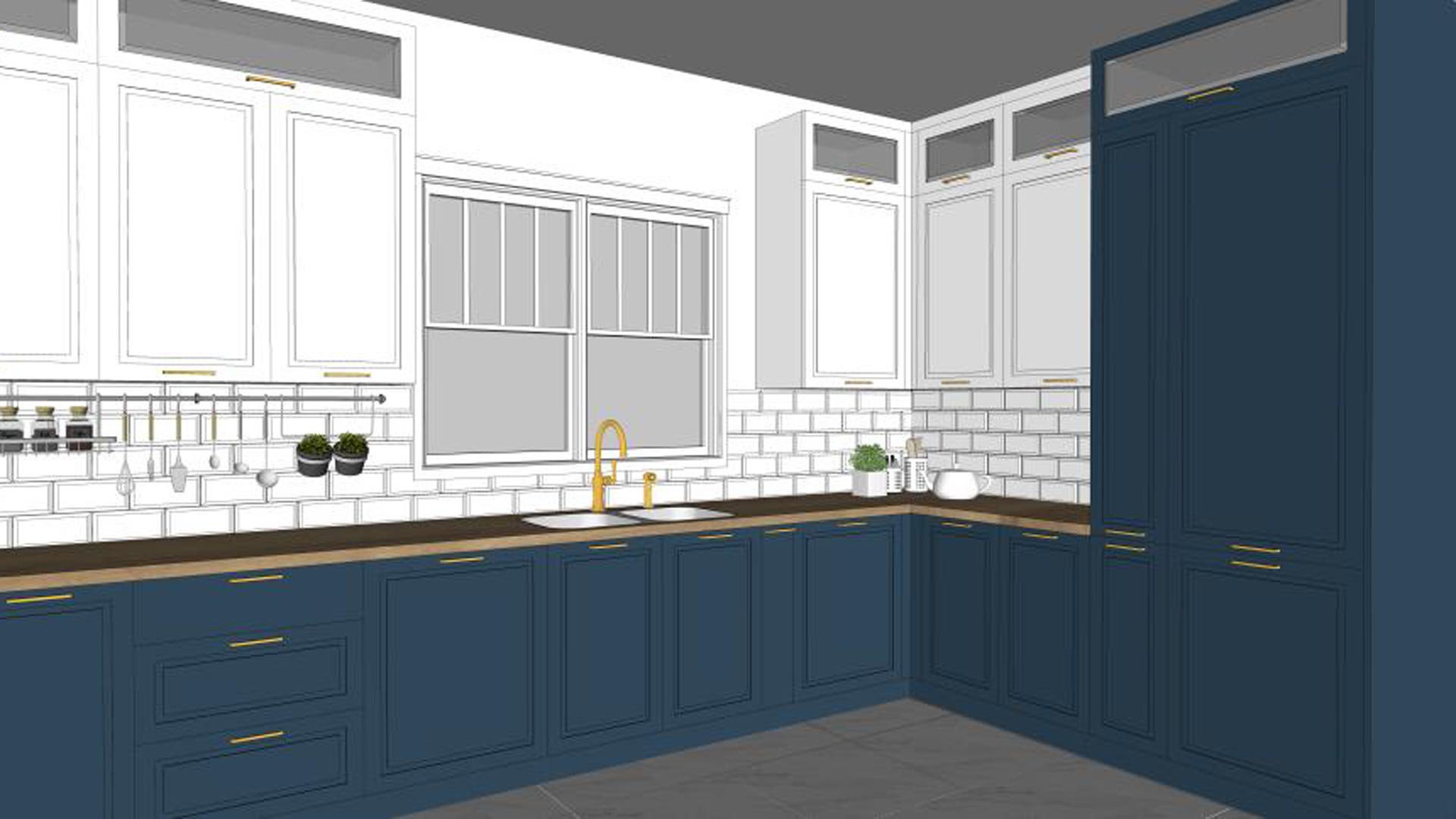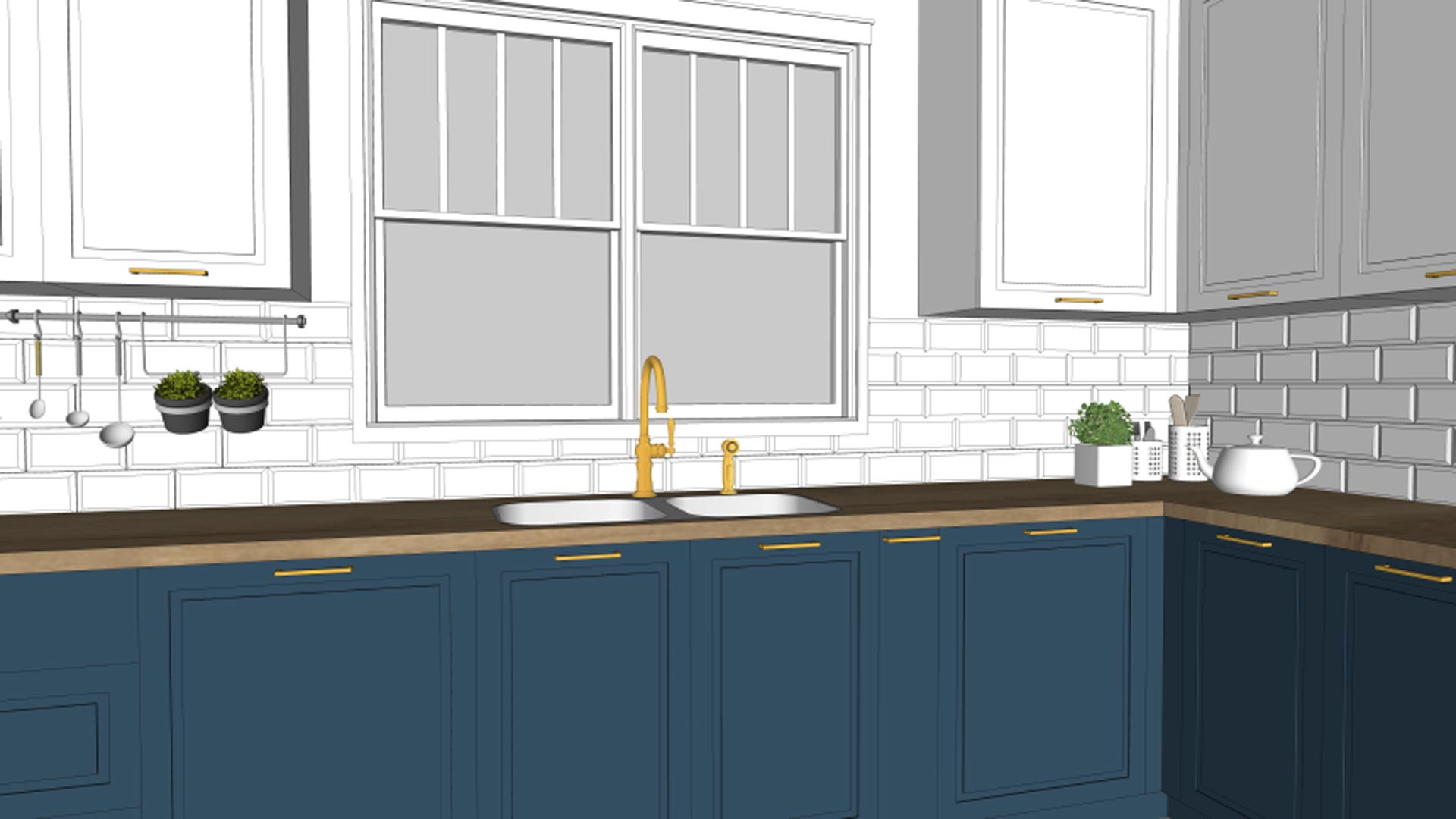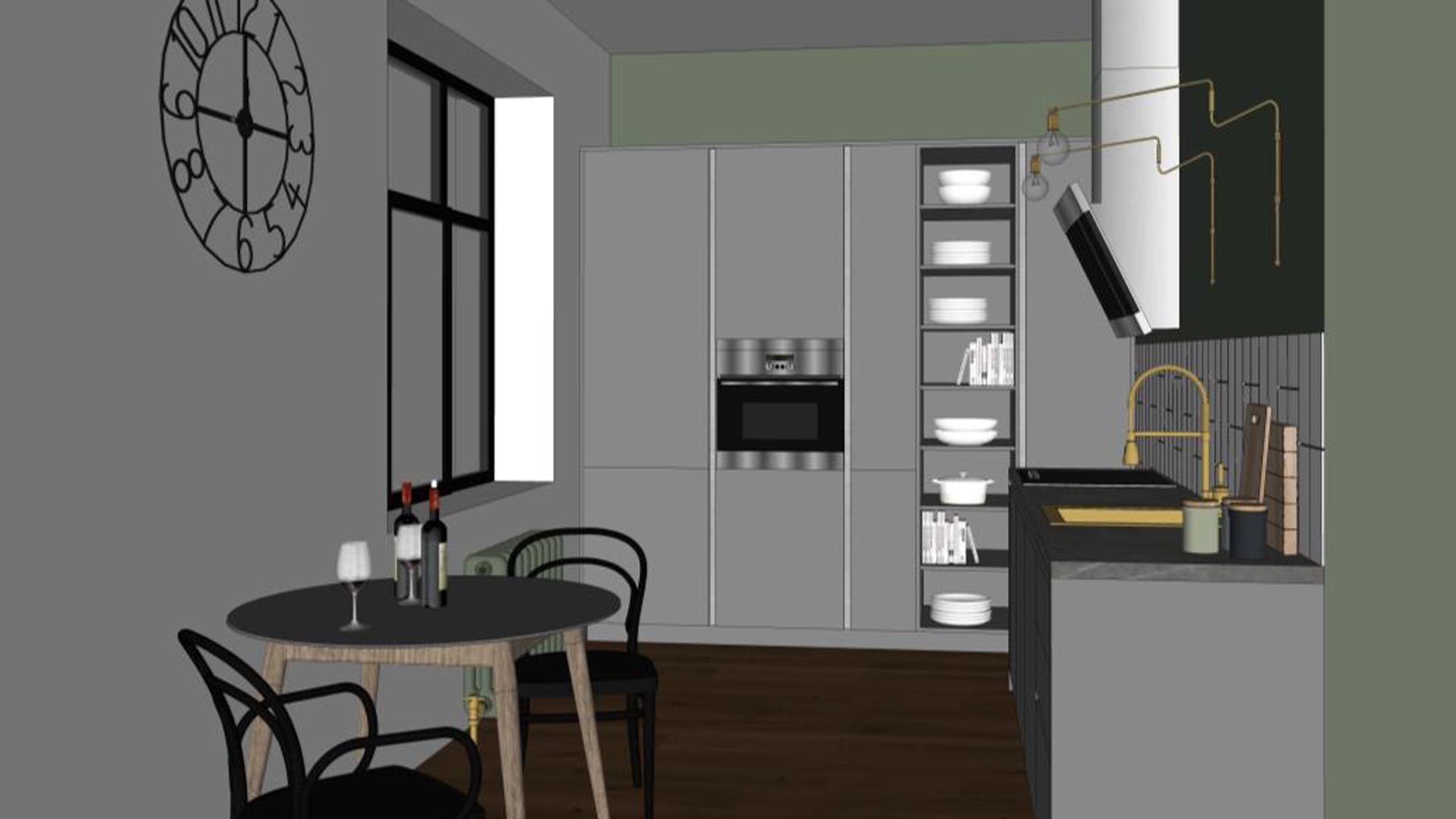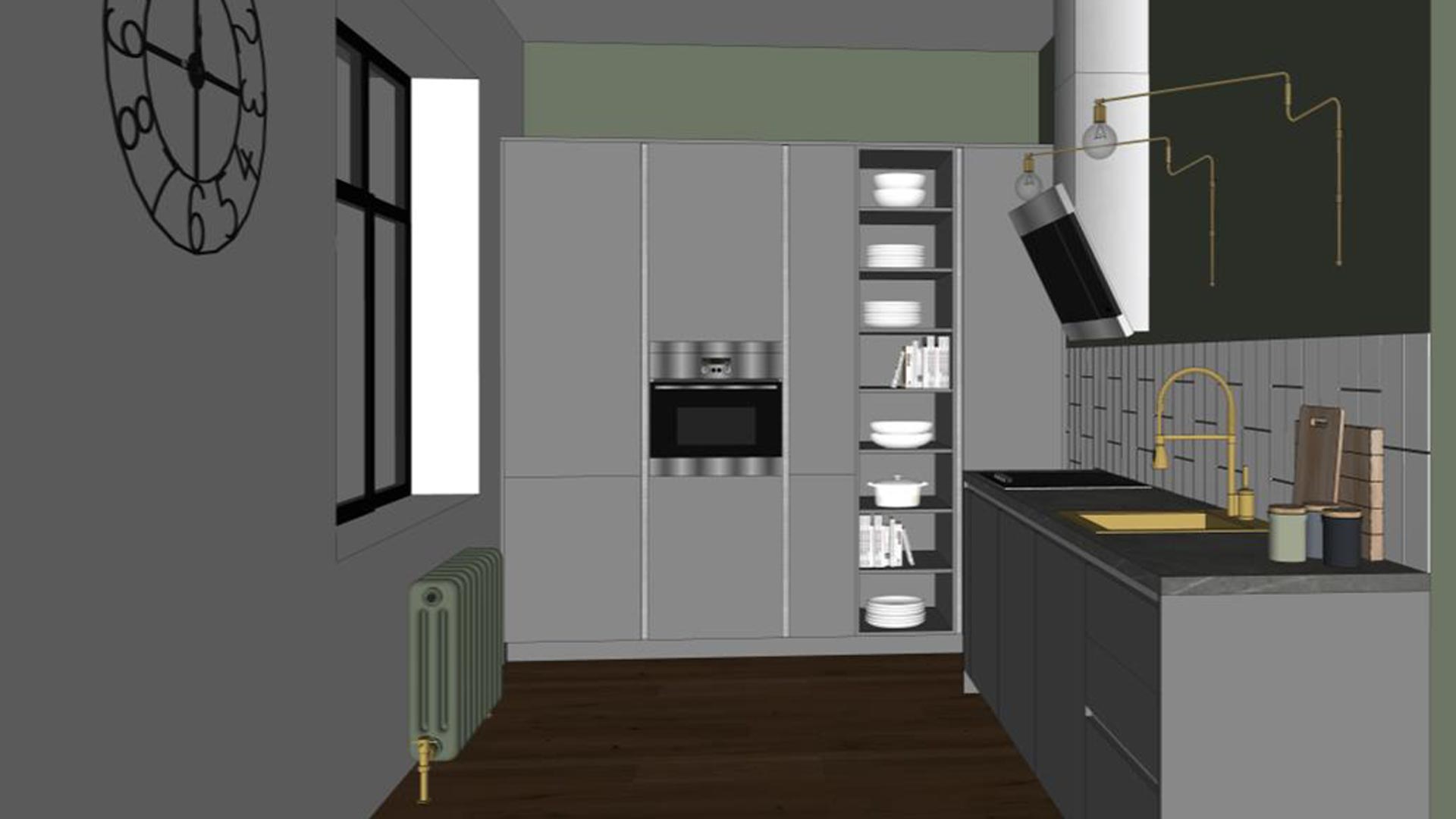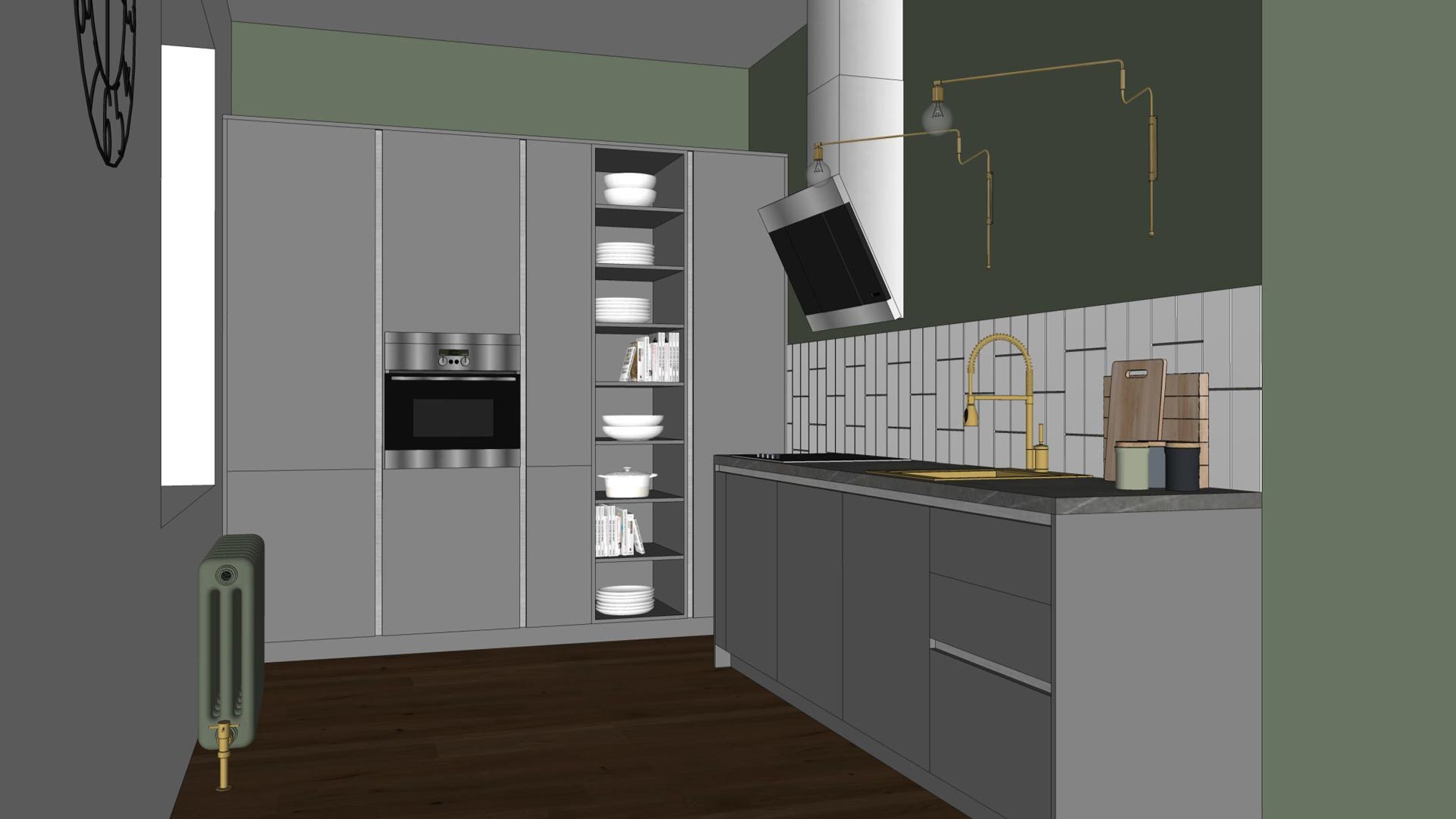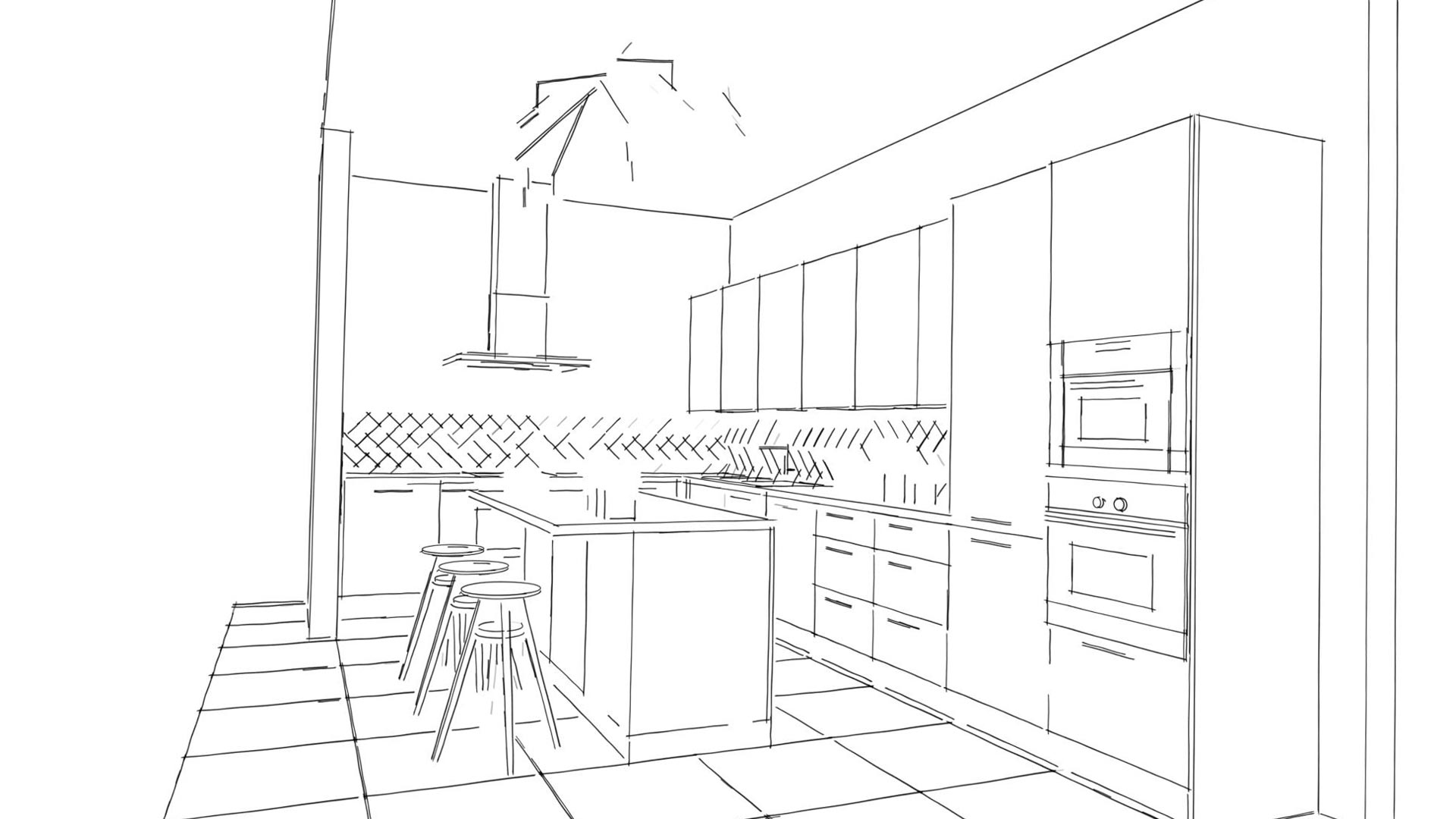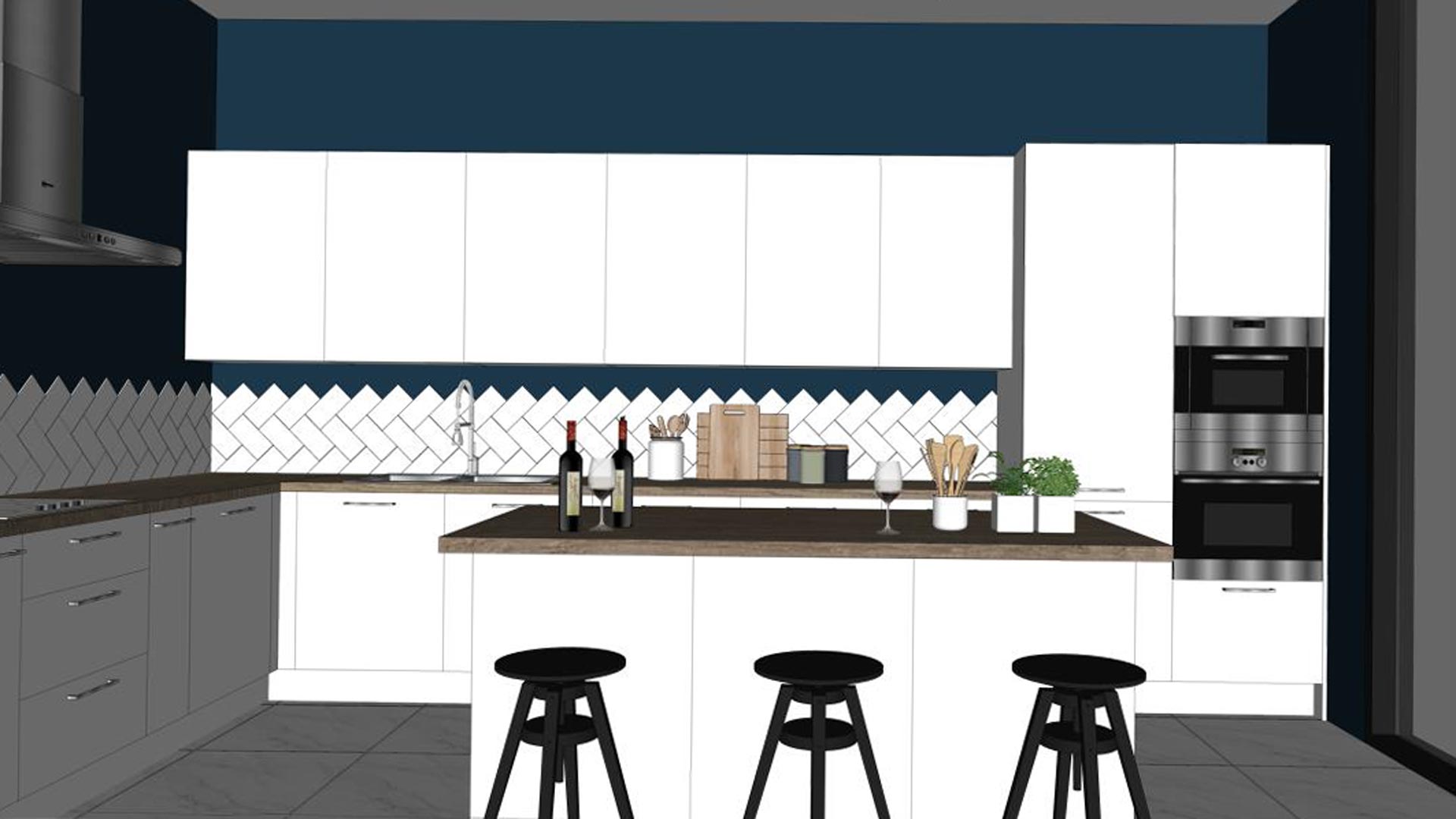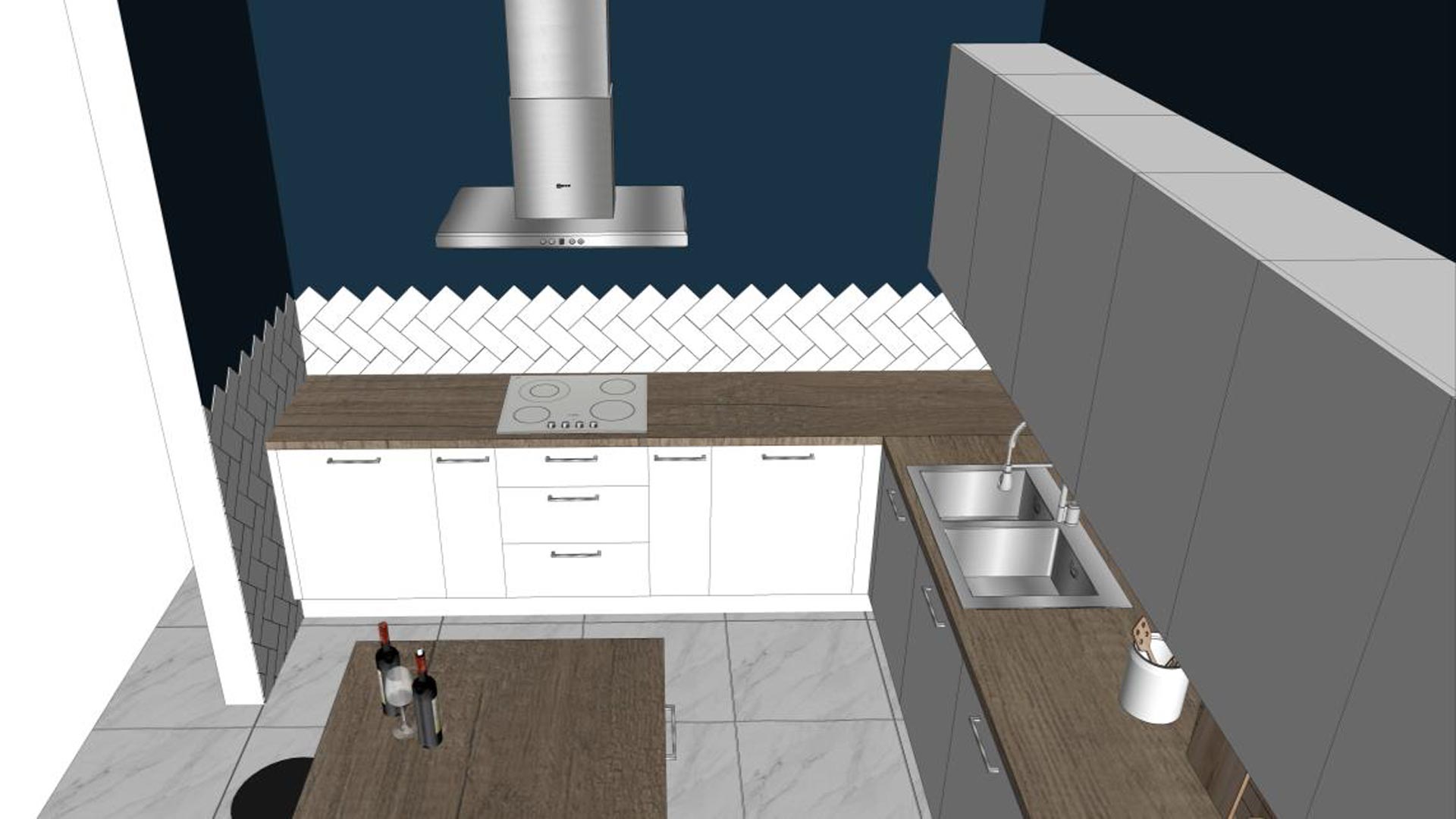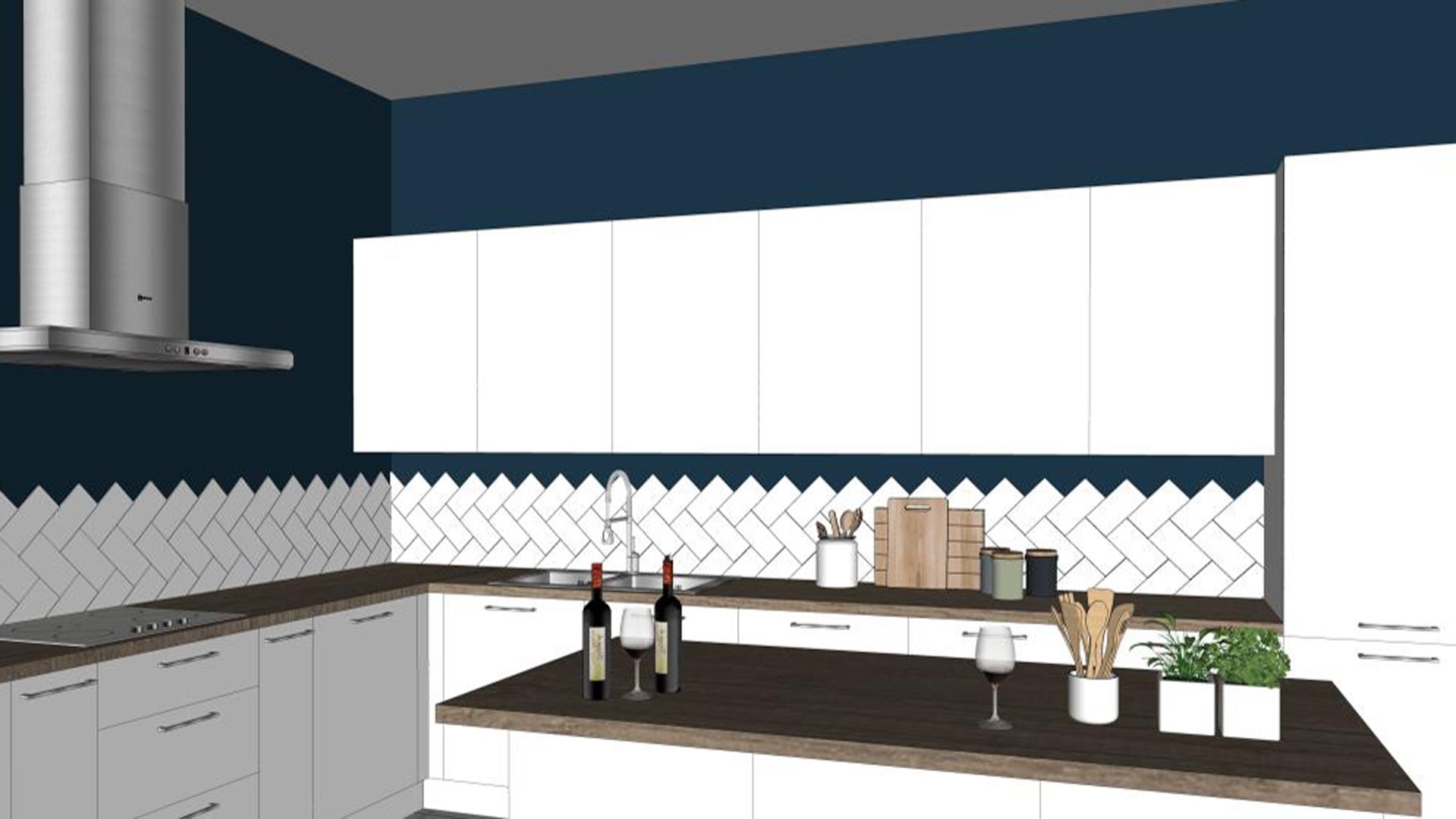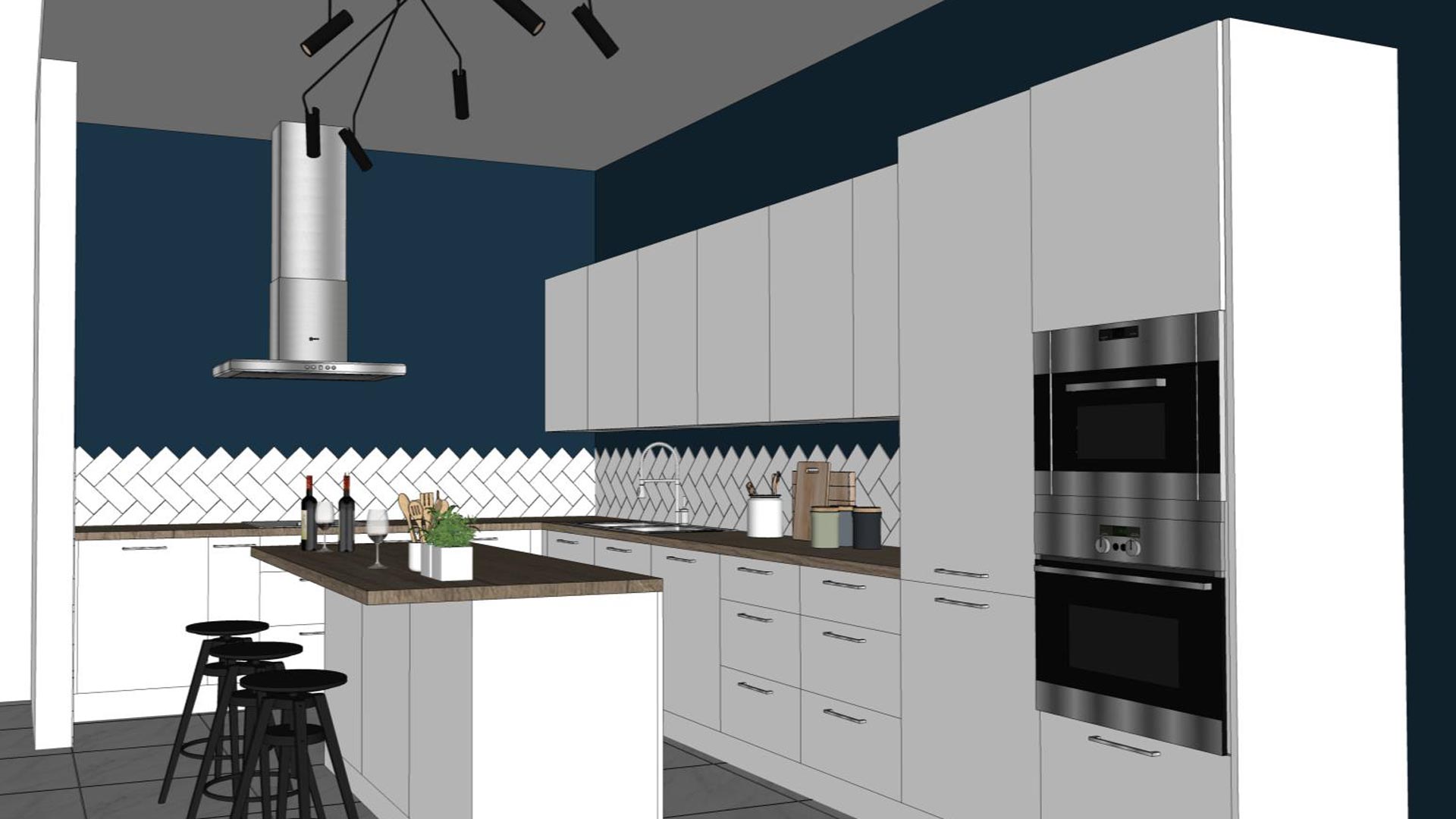The kitchen architecture is a comprehensive concept, developed over time, preserving its functionality but with an inherit ability to change combinations of materials, textures and colors. Karīna, RIPO furniture and interior designer, tells about her experience in planning modern kitchen architecture and design as well as ability to find cutting-edge project solutions which serve our clients in long-term. Karīna herself suggests that she likes to call herself an interior architect (German Innenarchitekt) because she mostly loves working with the project as a whole, composed of several common denominator.
Creating kitchen architecture and image.
The kitchen architecture is a versatile and complex concept. In creating a spatial environment, it is important to ensure that the space eases the customer’s daily activities, meets the wishes and fits well in the overall interior design of the house or apartment. When Karīna develops a kitchen design, it is of high importance for her to see the overall circumstances and image. Therefore, the kitchen project simultaneously includes several interior designing methods – spatial modeling, stylistic solutions, premise analogues, examples, constructive and designing tools etc. As a result, Karīna’s projects are sufficiently saturated and structured.
Insight into the designer’s conceptual solutions:
- Kithen Modern
- Kitchen Classic
- Kitchen Integra
Unchanged values and modern trends of kitchen architecture.
The unchanged factor is always functionality and importance of a kitchen – one could argue that this is the base unit, element with the highest priority in our daily living space. Nowadays people are becoming more daring – in terms of material combinations and color selections, they are brave enough to combine several textures.
The trends are ever-changing, shifting along with the seasons, individual habits and available products. The current style is one of the stable trends, uniting elements of classical and modern style. This year’s trends are stable values as they are universal and easily applicable to functional kitchen solutions. The Milan fashion trends are not so far behind, with showy color combinations, roundish shapes, non-traditional open and closed storage solutions, noticeable ceiling luminaires, and playful tile solutions.
The color top is dominated by dark grey, matted black, saturated green as well as peppermint green and bright red colors.
Karīna’s inspiration.
Interestingly enough, instead of the usual and even slightly cliché sources of inspiration, Karīna draws her inspiration from the process itself. For her, this process is all about finding the right path, getting the feel of each other, understanding, trust, even immersing into novelties, a dialogue between a person and space. This is how concepts are created in close collaboration with the customer, leading to an expressive and functional kitchen. The kitchen itself then becomes an integral part of the residence architecture ensemble. Therefore, this poses a challenge both for the designer and the customer.
Briefly on the experience in creating spaces and architecture
Karīna argues that the most important aspect in the process of designing kitchens is complete understanding of the functions of the space. This is the starting point which most often leads to results. Unjustified expectations must be eliminated, and only reasonable directions must be pursued. Karīna chooses to seek common denominators, fitting into the overall architecture and image. It is sometimes difficult to accept the reality because the space is created outside-in. However, this greatly depends on the relationships with the customer, established during the very first meeting. The designer recalls that there are sometimes cases when one’s vision about the results is so strong that there is no room for novelties or suggestions. The designer nevertheless is glad that there are more projects with mutual understanding about the process and trust as well as a healthy and structured dialogue over the course of the project.
Visit RIPO showroom at shopping mall Spice Home (13 Jaunmoku Street) and meet designer Karīna who has plenty of tasteful and functional ideas.
Check out the RIPO kitchen series here.
---
KARĪNA GUĻTJAJEVA
furniture and interior designer
+371 25 767 668
karina.gultjajeva@ripo.lv
